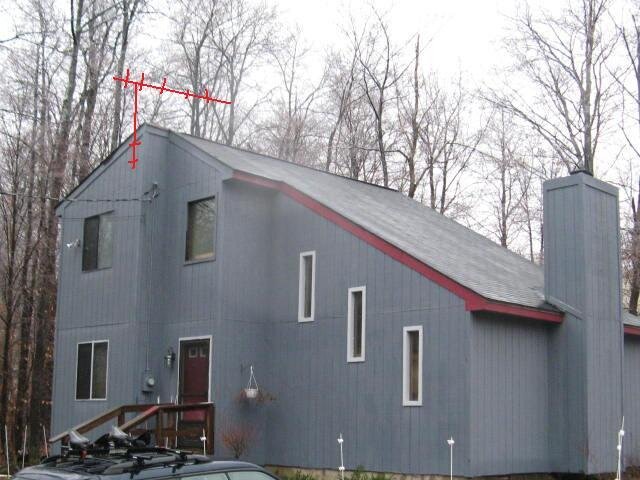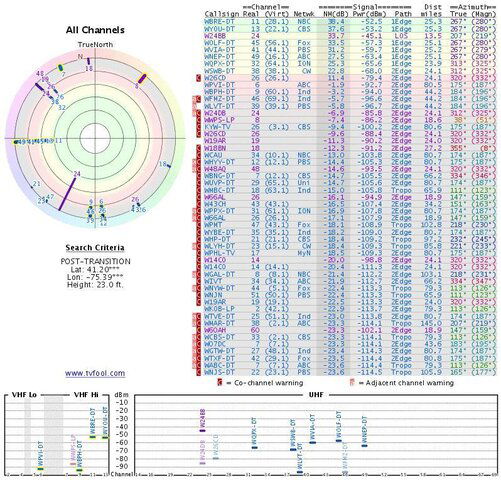I hadn't even considered this would be an issue, to be honest, but there was a big warning paper included in the box of my new Winegard 7694 antenna not to put it near power lines. In fact it says it should be double the distance of the antenna plus the distance of the mast away from the lines. That's about 15 feet all together. And there's a picture of a house with the power lines, and they show the installation should be on the opposite side of the house. I can understand the danger but it seems extreme to me. And unfortunately puts me in a tough bind now to find an ideal location to mount.
The main lines are across the street from my house, but where the lines come in and bind to my house is just a few feet below where I wanted to mount my mast against the house. It's the highest point, and the one away from trees. The opposite side of the house, equally high, would face a mess of trees. I don't want to put a tripod on the roof or deal with anything in the middle of the roof if possible. I bought some wall brackets and was going to mount right into the T-111 at the edge of the house, right below the roof top. Unfortunately the bottom of the mast will be about 3 feet up and to the left of where the lines come in. Is this a huge problem? What could happen other than accidentally touching them while I'm trying to install it? It's relatively light so I think I can handle that. Is there an issue with electricity potentially jumping from the lines to the antenna or vice versa? I don't understand it please help me. Thanks.
The main lines are across the street from my house, but where the lines come in and bind to my house is just a few feet below where I wanted to mount my mast against the house. It's the highest point, and the one away from trees. The opposite side of the house, equally high, would face a mess of trees. I don't want to put a tripod on the roof or deal with anything in the middle of the roof if possible. I bought some wall brackets and was going to mount right into the T-111 at the edge of the house, right below the roof top. Unfortunately the bottom of the mast will be about 3 feet up and to the left of where the lines come in. Is this a huge problem? What could happen other than accidentally touching them while I'm trying to install it? It's relatively light so I think I can handle that. Is there an issue with electricity potentially jumping from the lines to the antenna or vice versa? I don't understand it please help me. Thanks.









